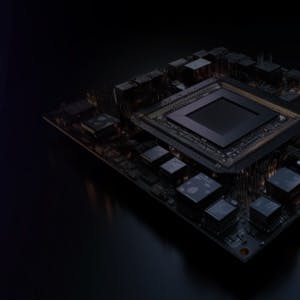- Home
- All updates
- EDGE Insights
- Industries
- Company Search
- My Watchlists (Beta)
EDGE Insights
Filter
EDGE Insights
Scale AI: The API platform for data labeling and management in AI/ML models
Generative AI Infrastructure
Oct 2, 2024
Older updates:
EDGE Insights
GenAI ecosystem (Q2 2024): Funding at all-time high alongside flurry of new models; will 'Apple Intelligence' redefine user experience?
Work
Jul 8, 2024
EDGE Insights
Scale AI teardown: Labeling data for AI using AI
Machine Learning Infrastructure
Feb 14, 2023

Generative AI Infrastructure
Oct 2, 2024
Scale AI: The API platform for data labeling and management in AI/ML models
Scale AI provides a full-stack, enterprise-grade platform for companies to build, train, and deploy GenAI models, including security and compliance solutions and prompt engineering and consultancy services.
- Scale AI offers three products: Scale GenAI Platform for building GenAI models with organizational data; Scale Data Engine for data collection, labeling, and AI model optimization using RLHF; and Scale Donovan, a federal AI platform providing decision support for military operations using RLHF.
- Scale AI claims to be the only company providing a full-stack GenAI platform for enterprises, standing out for its ability to manage the entire ML lifecycle, providing an end-to-end solution for better AI data management, leading to more performant models and faster deployment.
- Scale AI’s services can be used across various industries including retail, ecommerce, defense, logistics, autonomous vehicles, and robotics. Its notable customers include the US DOS, USAF, Meta, Microsoft, Open AI, Cohere, Anthropic, General Motors, Toyota Research Institute, Brex, Instacart, and Flexport.
Contact us
Gain access to all industry hubs, market maps, research tools, and more
Get a demo
By using this site, you agree to allow SPEEDA Edge and our partners to use cookies for analytics and personalization. Visit our privacy policy for more information about our data collection practices.